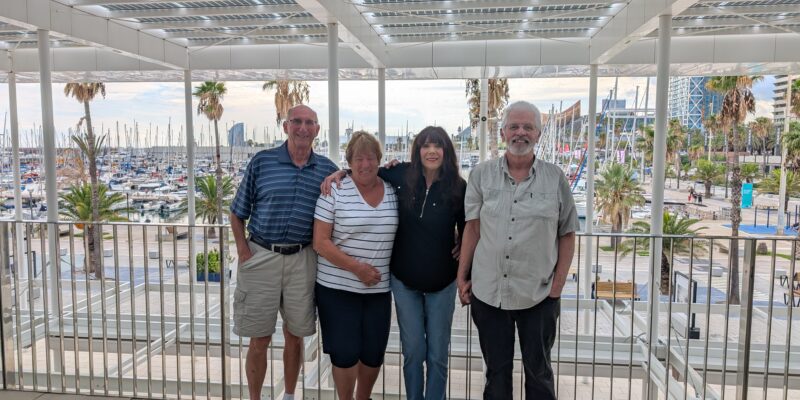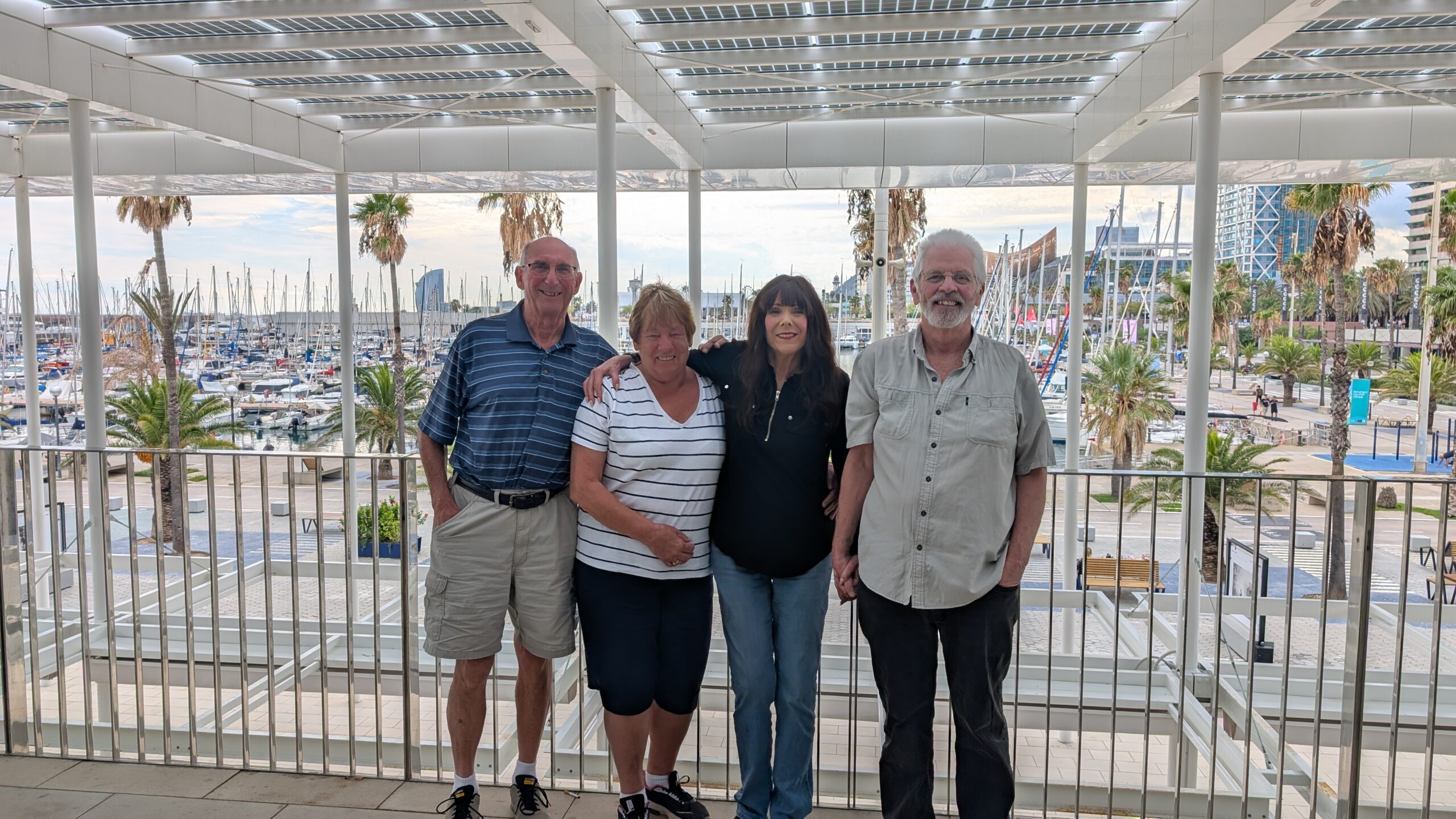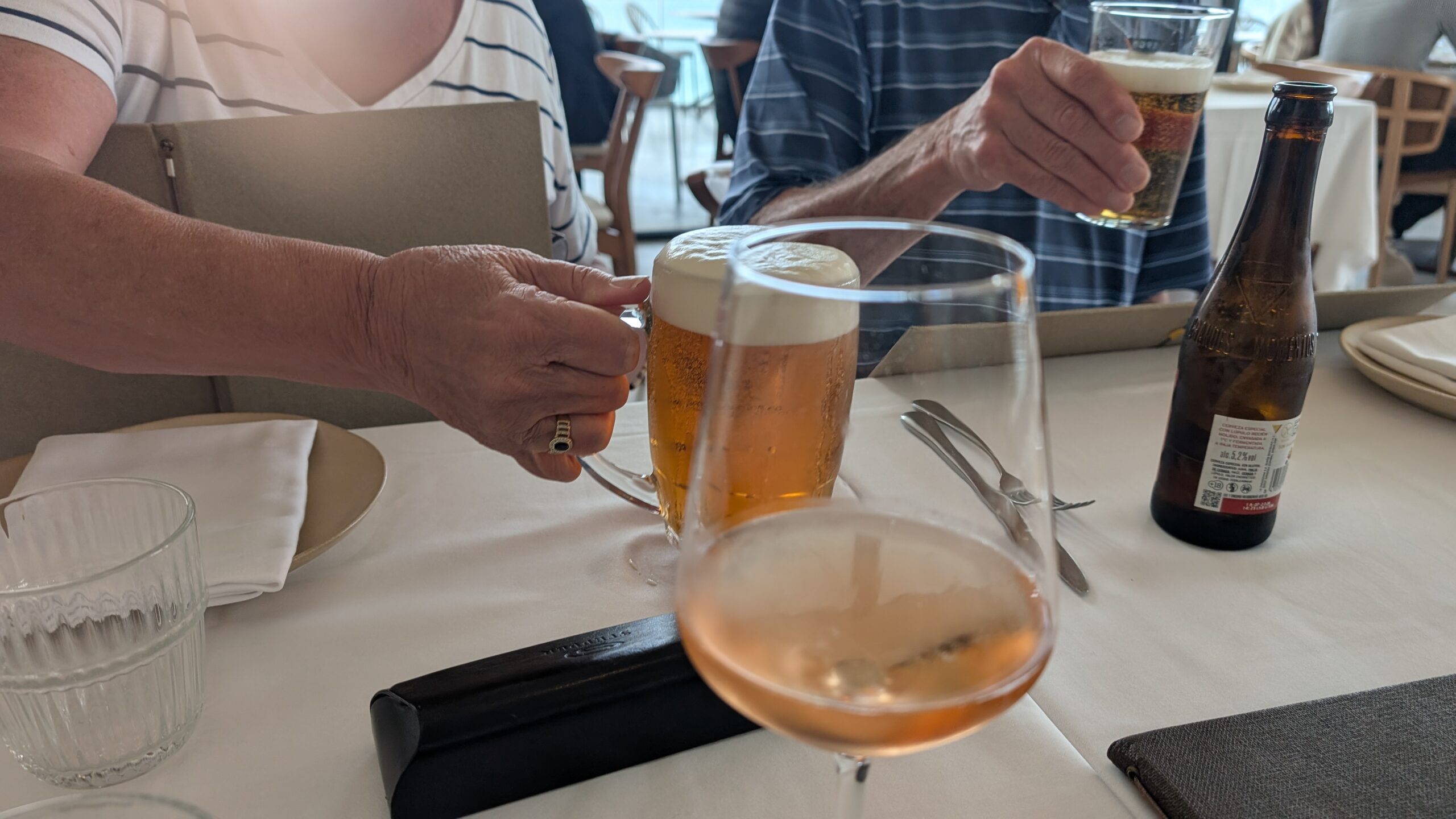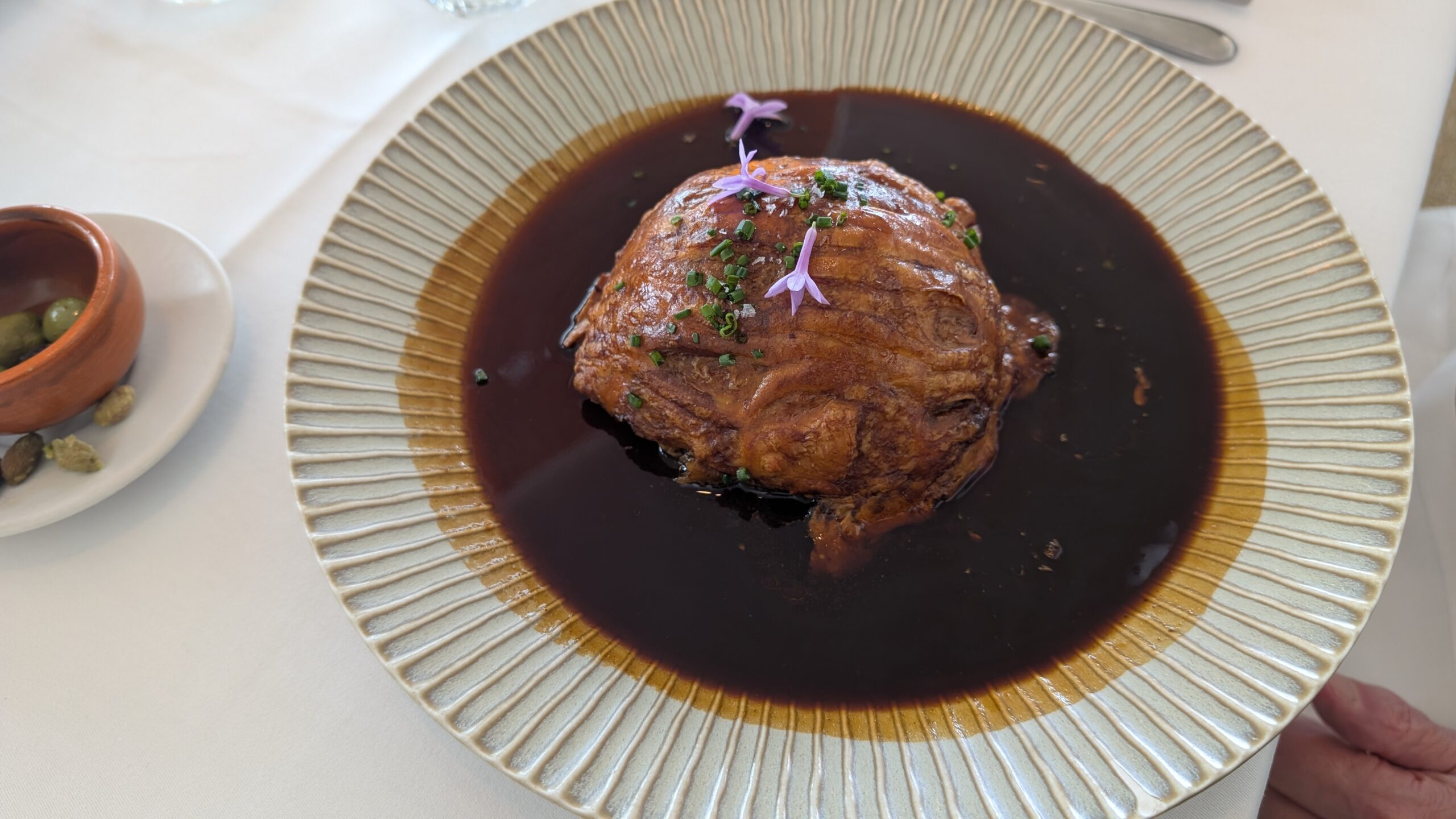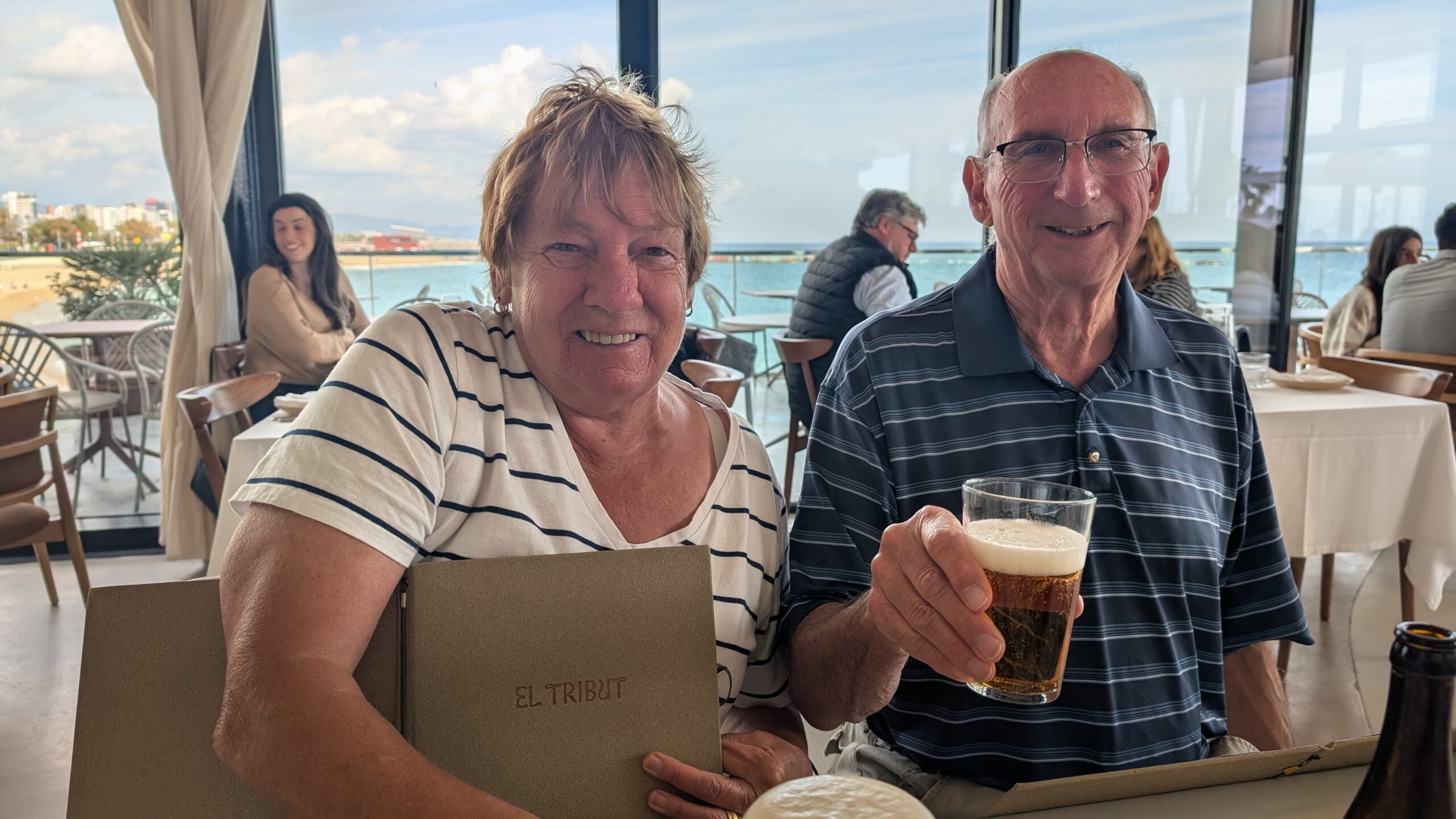
We arrived in New Zealand a week ago today, though it feels both longer and shorter than that, depending on the moment. The night we left Auckland for the long drive north, I couldn’t stop coughing the entire way. Mile after mile of riding in the dark, I was hacking, hoping the hum of the road might somehow shake whatever had taken hold of me. By the time we reached our holiday home in Kaiwaka, exhaustion had settled deep into my bones, the kind that doesn’t disappear with sleep.
By Sunday evening, there was a glimmer of improvement. We attended a small neighborhood get-together at our landlords’ home, Dave and Eing, who live just down the road. It was low-key and welcoming, the kind of gathering that reminds us why we have such fond memories of spending time in New Zealand in 2016. Earlier that day, we’d even managed a grocery run, which at the time felt like a small victory. I remember thinking, maybe this thing is passing. Perhaps we’ve turned a corner.
But Monday morning quickly erased that optimism. We woke with the unmistakable feeling of an entirely new virus taking over, uncontrolled coughing, crushing malaise, and a weakness that made even standing feel like an accomplishment. Over the next few days, it worsened for both of us. Ordinary tasks became monumental. Laundry was an athletic event. Making the bed required rest breaks. Preparing meals felt like running a marathon. For me, the most challenging part was the brain fog. I couldn’t think clearly enough to write, let alone take photos or shape words into something coherent. Silence filled the days where stories usually live.
This morning, Saturday, was the first day we awoke feeling a little better. It’s not much, but it’s something, and right now, something feels like everything. In the past few days, Tom read a Facebook post about a survey asking cruise passengers whether they’d gotten sick during the cruise, near the end of the voyage, or shortly after disembarking. Thirty-four percent responded yes. One passenger had even been hospitalized with Legionnaires’ disease, a terrifying and potentially deadly illness. Reading that stopped us both cold.
We have another cruise coming up, fully paid, 25 nights, beginning April 14. Before that, once we reach Tasmania, we plan to get prescriptions for Tamiflu to take for the entire length of the cruise. This experience has made me seriously rethink cruising in the future, unless it’s on much smaller ships, where the risk of getting sick is lower. The romance of it all fades quickly when illness lingers this long.
For now, our only real goal is getting better. Sightseeing can wait. Photos can wait. Even grocery shopping and dining out feel like distant ideas rather than plans. We are deeply grateful to the many readers who’ve written with kind words and well wishes; it means more than we can say.
Despite everything, we’re happy to be in New Zealand, surrounded by sweeping views, wildlife, and genuinely friendly people. When our bodies finally catch up with our hearts, we know this place will be worth the wait.
Be well.
Photo from ten years ago today, December 20, 2015:







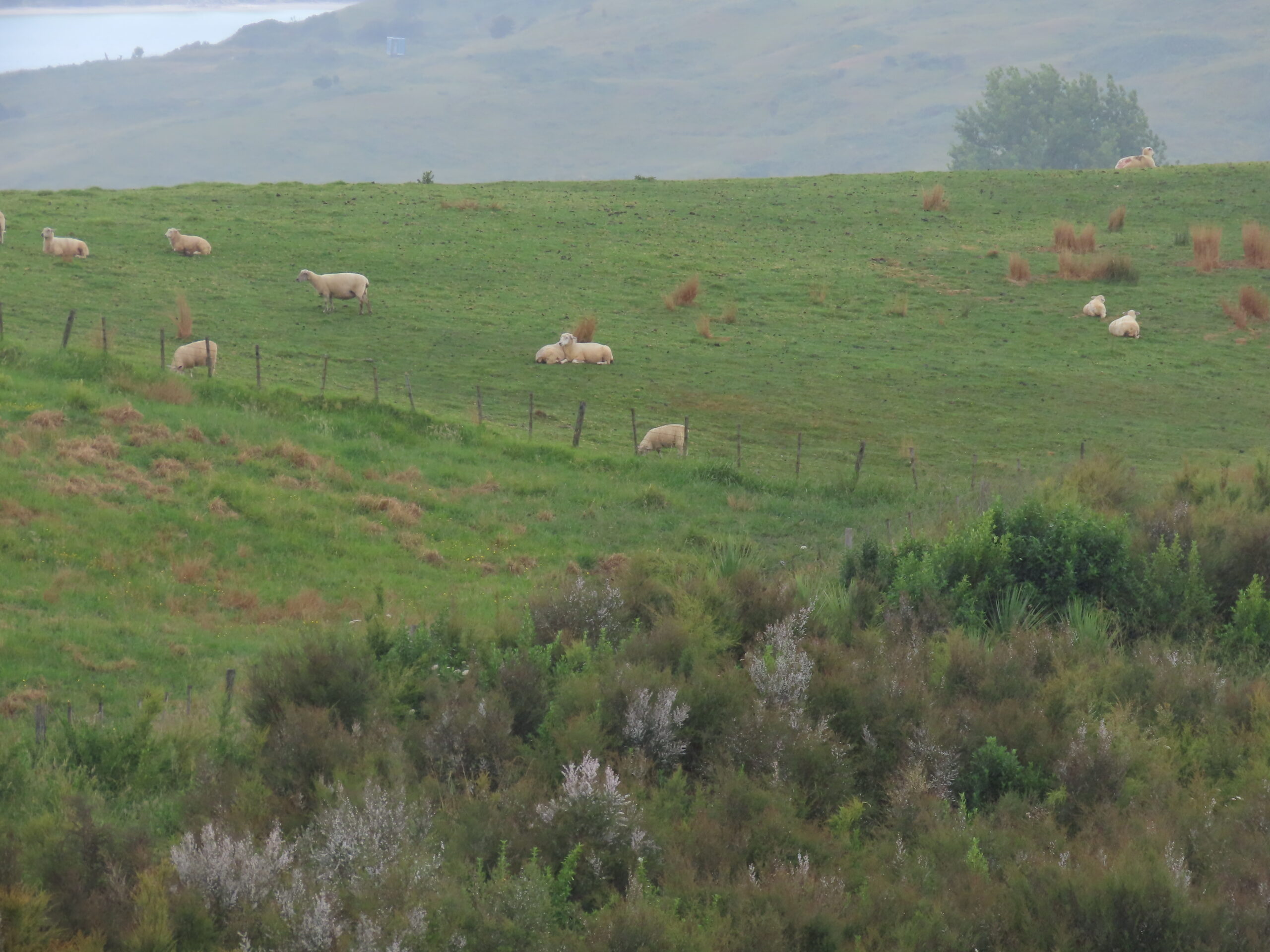
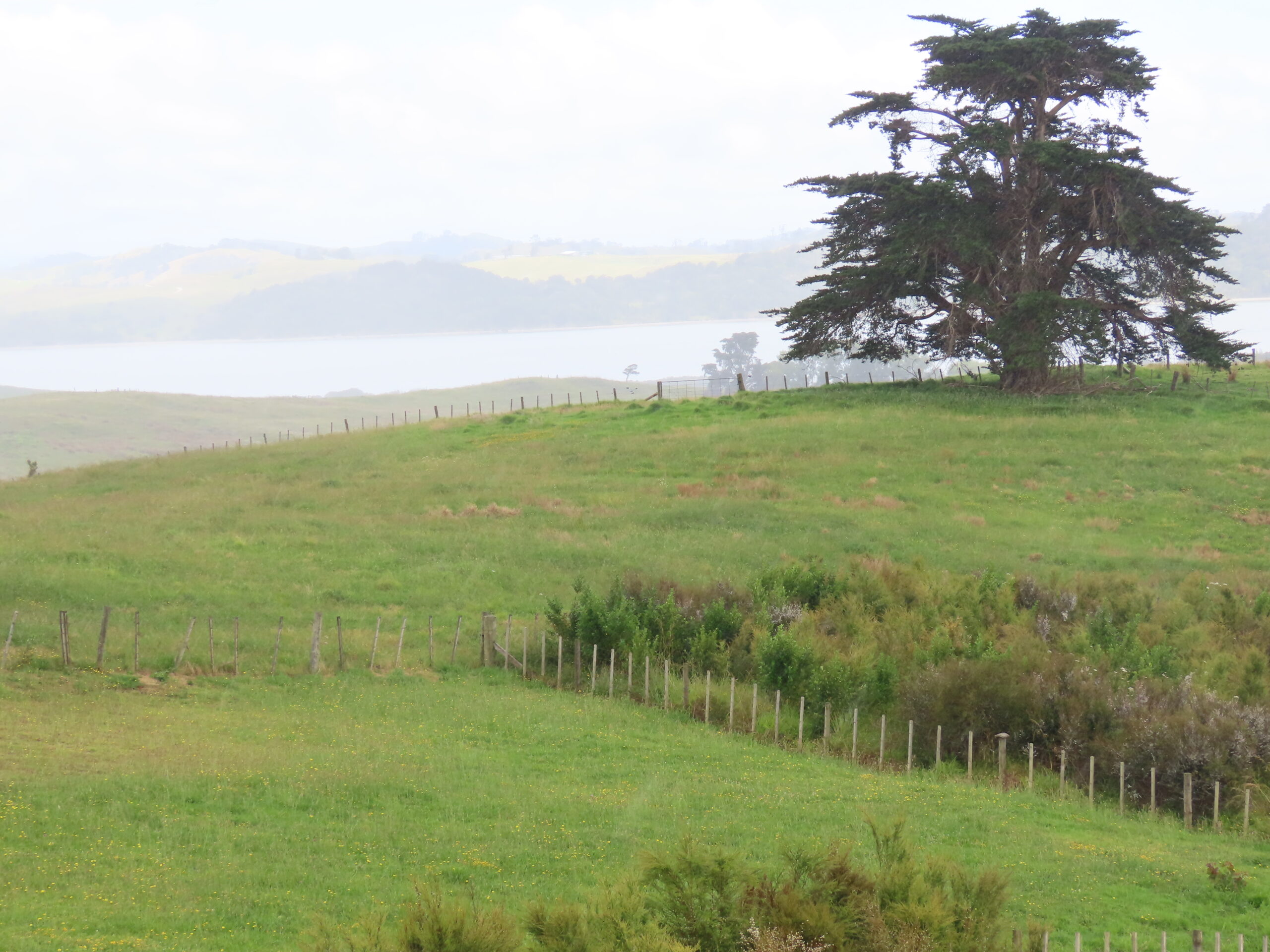
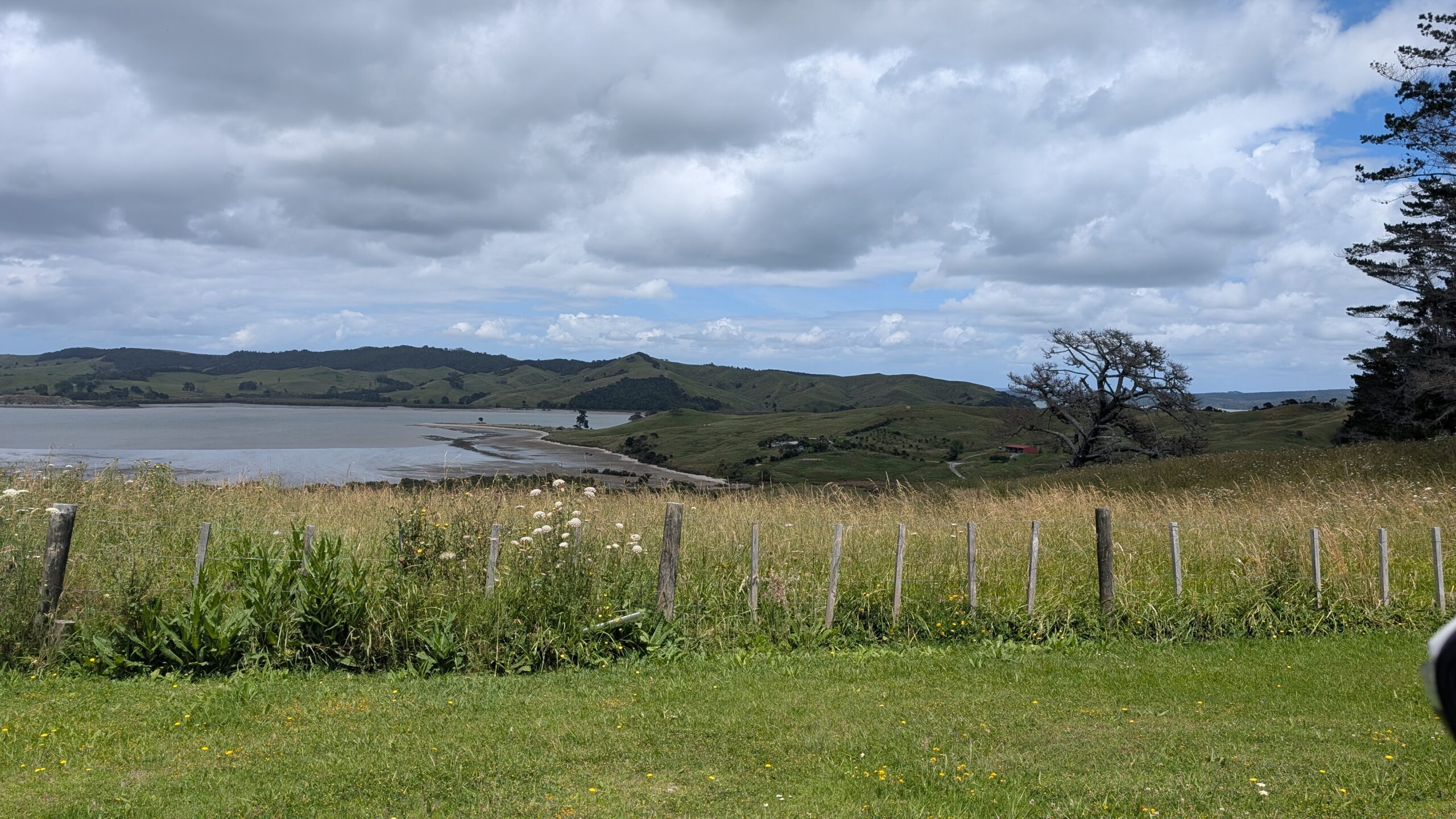
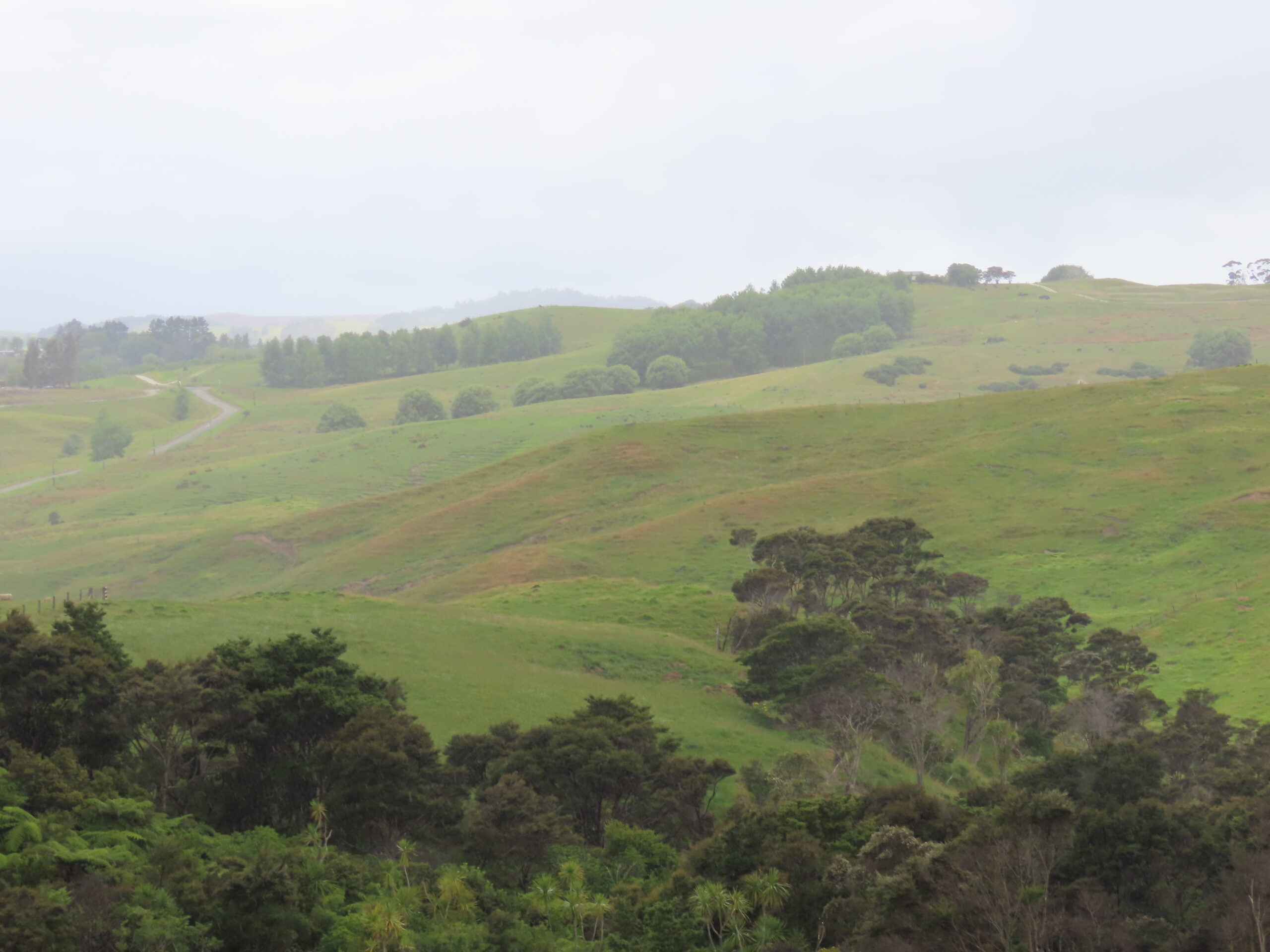









 We thought it would be fun to share some key statistics (as of 2023-25) about U.S. citizens living a full-time travel / location-independent (“nomad”) lifestyle, that is, working while moving around the world without a permanent home base. These figures may help frame the broader picture for people like us who are making the world our home.
We thought it would be fun to share some key statistics (as of 2023-25) about U.S. citizens living a full-time travel / location-independent (“nomad”) lifestyle, that is, working while moving around the world without a permanent home base. These figures may help frame the broader picture for people like us who are making the world our home.


